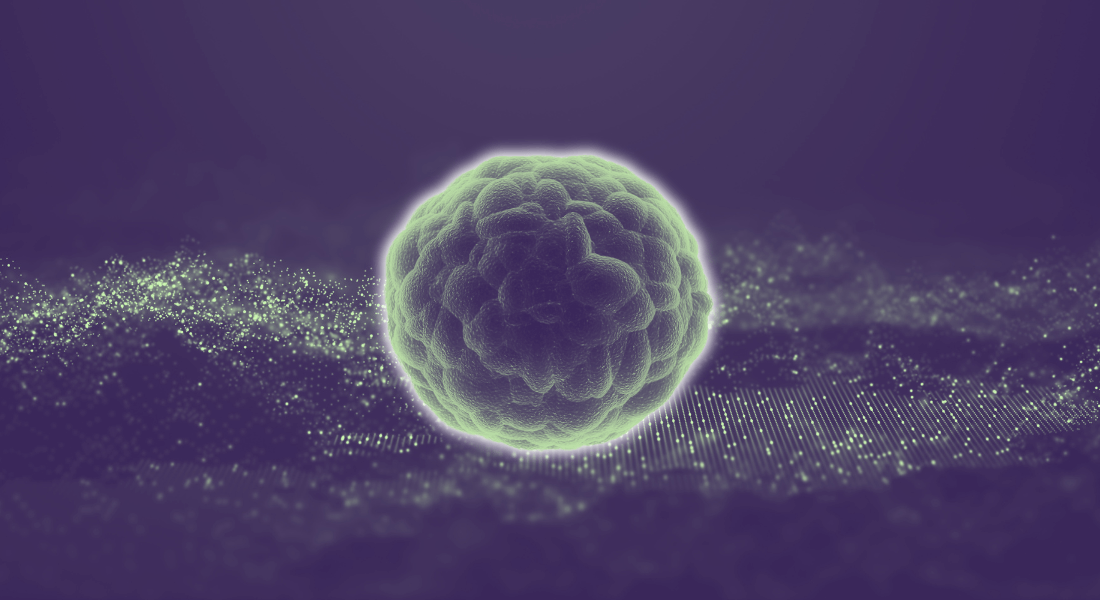AI could predict breast cancer risk via ‘zombie cells’
Women worldwide could see better treatment with new AI technology which enables better detection of damaged cells and more precisely predict the risk of getting breast cancer, shows new research from the University of Copenhagen.

Breast cancer is one of the most common types of cancer. In 2022, the disease caused 670,000 deaths worldwide. Now, a new study from the University of Copenhagen shows that AI can help women with improved treatment by scanning for irregular-looking cells to give better risk assessment.
The study, published in The Lancet Digital Health, found that the AI technology was far better at predicting risk of cancer than current clinical benchmarks for breast cancer risk assessment.
The researchers used deep learning AI technology developed at the University of Copenhagen to analyze mammary tissue biopsies from donors to look for signs of damaged cells, an indicator of cancer risk.
“The algorithm is a great leap forward in our ability to identify these cells. Millions of biopsies are taken every year, and this technology can help us better identify risks and give women better treatment,” says Associate Professor Morten Scheibye-Knudsen from the Department of Cellular and Molecular Medicine and senior author of the study.
Predicts cases of five times the risk of breast cancer
A core aspect of assessing cancer risk is looking for dying cells, caused by so-called cellular senescence. Senescent cells are still metabolically active but have stopped dividing. Previous research has shown that this senescent state can help suppress cancer development. However, senescent cells can also cause inflammation that can lead to tumor development.
By using deep learning AI to search for senescent cells in tissue biopsies, the researchers were able to predict the risk of breast cancer better than the Gail model, the current gold standard for assessing breast cancer risk.
“We also found that if we combine two of our own models or one of our models with the Gail score, we get results that are far better at predicting risk of getting cancer. One model combination gave us an odds ratio of 4.70 and that is huge. It is significant if we can look at cells from an otherwise healthy biopsy sample and predict that the donor has almost five times the risk of developing cancer several years later,” says Indra Heckenbach, first author of the study.
Algorithm trained on ‘zombie cells’ can give better treatment
The researchers trained the AI technology on cells developed in cell culture that were intentionally damaged to make them senescent. The researchers then used the AI on the donor biopsies to detect senescent cells.
“We sometimes refer to them as zombie cells because they have lost some of their function, but they are not quite dead. They are associated with cancer development, so we developed and trained the algorithm to predict cell senescence. Specifically, our algorithm looks at how the cell nuclei are shaped, because the nuclei become more irregular when the cells are senescent,” explains Indra Heckenbach.
It will still be several years until the technology is available to use at the clinic, but then it can be applied worldwide, as it only requires standard tissue sample images to do the analysis. Then, women around the globe can potentially use this new insight to get better treatment, Morten Scheibye-Knudsen adds:
“We will be able use this information to stratify patients by risk and improve treatment and screening protocols. Doctors can keep a closer eye on high-risk individuals, they can undergo more frequent mammograms and biopsies, and we can potentially catch cancer earlier. At the same time, we can reduce the burden for low-risk individuals, e.g. by taking biopsies less frequently.”
Contact
Associate Professor Morten Scheibye-Knudsen
+45 35 33 70 96
mscheibye@sund.ku.dk
Postdoc Indra John Heckenbach
indra@sund.ku.dk
Communications Consultant William Brøns Petersen
william.petersen@sund.ku.dk
